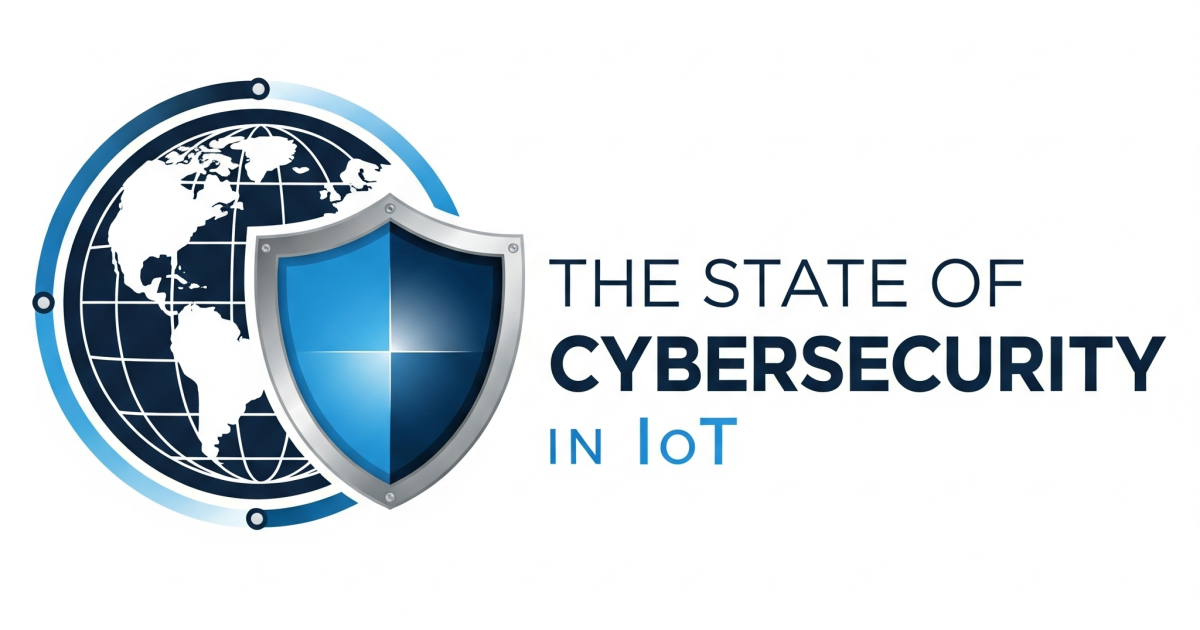As we move closer to a 5G world, a new age of intelligent, connected devices is paving the way towards more reliable and faster performance. Recently, Verizon, Ericsson and Qualcomm Industries partnered up to push the envelope, and reached the super-fast wireless speed of 953 Mbps just under the 1 Gig mark, in a commercial network deployment in Boca Raton, Florida.
This is the fastest declared speed achieved thus far in a real-world, dynamic network environment using Licensed Assisted Access (LAA) technology (from Ericsson).
Verizon was the first national wireless provider to offer 4G LTE speeds in 2010, making it possible for users to watch videos and share data at a rate never achievable before. Verizon and its partners have since been working to improve their 4G LTE network, enabling it to carry larger, more powerful applications and solutions for consumers, enterprise customers and government agencies.
Using Carrier Aggregation
Verizon used a combination of licensed and unlicensed spectrum for the first time in this deployment, while also adopting 4x4 MIMO (multiple in, multiple out) which uses multiple antennae at the cell tower and on consumers' devices to optimize data speeds.
256 QAM, which enables customer devices and the network to exchange information in large amounts, delivering more bits of data in each transmission, was also proven to significantly enhance data speeds.
"These technologies produce record speeds for wireless technology and we are proud to be leading the way to commercialization with such strong partnerships," said Joakim Sorelius, Head of Product Area Network Systems, Ericsson.
The trial used all commercially available network components including Verizon’s hardware and software on their own reliable, all-fiber network infrastructure.
Ericsson contributed the micro Radio 2205 for LAA, which was designed for unlicensed spectrum use. This devices is a component of the Ericsson Radio System, an end-to-end modular radio network collection of hardware and software designed to fit all site types and traffic scenarios as networks grow in scale and intricacy.
Qualcomm Technologies provided a Qualcomm Snapdragon 835 mobile platform test device, with Gigabit LTE capability (Snapdragon X16 LTE modem).
Why is this important for IoT and IIoT?
Internet of Things and Industrial Internet of Things applications that require real time communications and rich (voice and video) will work better on bigger broadband networks, particularly if those networks are affordable.
For example, Smart City technologies will be more resilient as networks improve, and video-based IoT solutions (example street cameras looking for potential criminal or terrorist activity) can be delivered in high definition and can be sent in real time through artificial intelligence hubs for automated review of the scene, triggering law enforcement to respond based on policy.
Smart Grid technologies will run better, including security systems for power plants, including nuclear facilities, with not only data coming from smart metering, but surveillance of major plants that could be targeted by terrorists; response can be swift and effective.
Tremendous value creation is possible at the intersection of connecting things and people, and 5G and LTE networks with faster upload and download speeds will accelerate the “mix” making it possible to live better - and safer - with community networks like the prototype now in operation in Boca Raton, Florida.
Arti Loftus is an experienced Information Technology specialist with a demonstrated history of working in the research, writing, and editing industry with many published articles under her belt.
Edited by
Ken Briodagh





